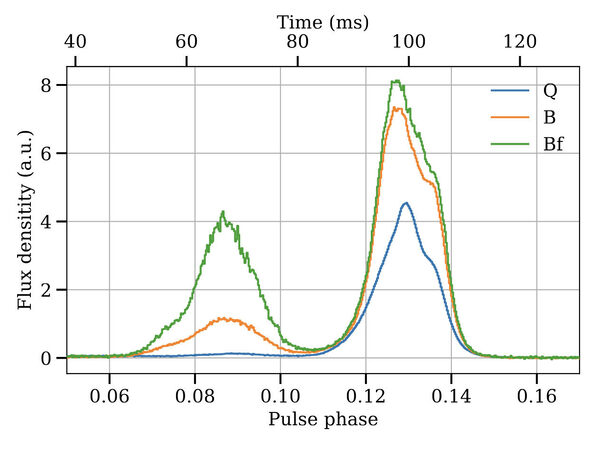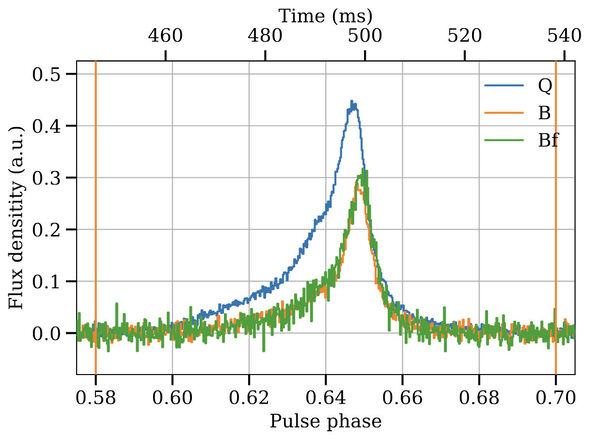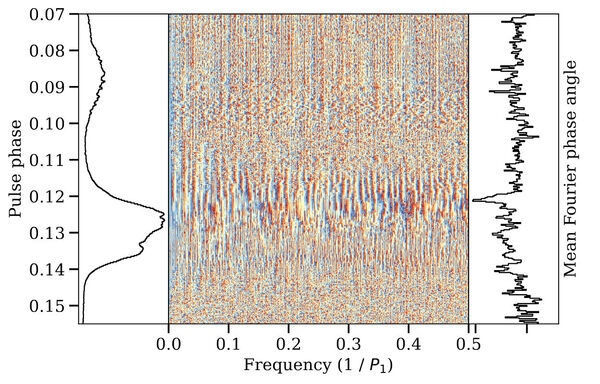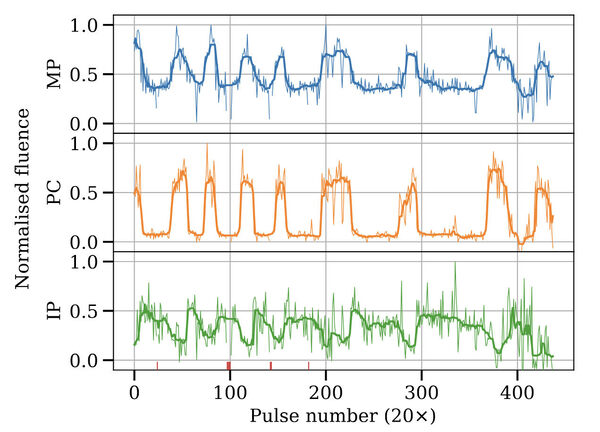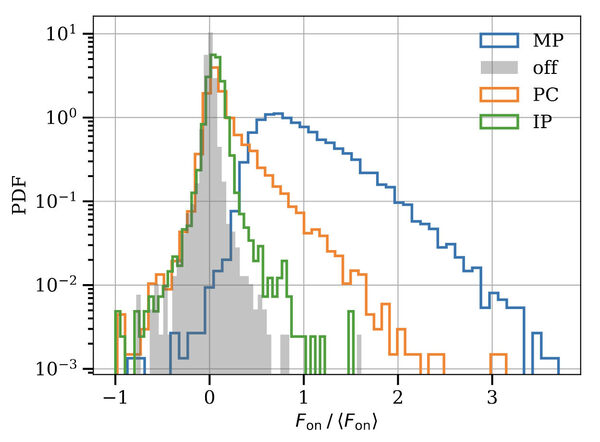I recently submitted the Science Using Single-Pulse Exploration with Combined Telescopes (SUSPECT) paper I to the Astronomy & Astrophysics journal and submitted it to the arXiv shortly afterwards. It gives an overview of the SUSPECT multi-telescope observing project and demonstrates several new data analysis techniques on a small subset of the current data set. We discovered new phenomena in the radio emission of the relatively young pulsar B1822-09.
Please find the abstract below.
Context. Radio pulsars exhibit a plethora of complex phenomena at the single-pulse level. However, the intricacies of their radio emission remain poorly understood.
Aims. We aim to elucidate the pulsar radio emission by studying several single-pulse phenomena, how they relate to each other, and how they evolve with observing frequency. We intend to inspire models for the pulsar radio emission and fast radio bursts.
Methods. We set up an observing programme called the SUSPECT project running at the Nancay Radio Observatory telescopes in France (10 – 85 MHz, 110 – 240 MHz, 1 – 3.5 GHz) and the upgraded Giant Metrewave Radio Telescope (uGMRT) in India. In this first paper, we focus on high- sensitivity data obtained of PSR B1822–09 with the uGMRT between 550 and 750 MHz. The pulsar has precursor (PC), main pulse (MP), and interpulse (IP) emission, and exhibits mode- switching. We present its single-pulse stacks, investigate its mode- switching using a hidden Markov switching model, and analyse its single-pulse morphology.
Results. PSR B1822–09’s pulse profile decomposes into seven components. We show that its mode-switching is well described using a hidden Markov switching model. The pulsar exhibits at least three stable emission modes, one of which is a newly discovered bright flaring mode. We confirm that the PC and MP switch synchronously to each other, and both asynchronously to the IP, indicating information transfer between the polar caps. Additionally, we performed a fluctuation spectral analysis and discovered three fluctuation features in its quiescent Q-mode emission, one of which is well known. We conclude that it is longitude-stationary amplitude modulation. Finally, we visually classified the single-pulses into four categories. We found extensive 0.2 – 0.4 ms microstructure in the PC with a typical quasi-periodicity of 0.8 ms. There is low- level PC activity during the Q-mode, indicating mode mixing. We discovered low-intensity square-like pulses and extremely bright pulses in the MP, which suggest bursting.
Conclusions. PSR B1822–09’s PC resembles magnetar radio emission, while its MP and IP are canonical radio pulsar like. Hence, the pulsar combines both attributes, which is rare in the known population. We introduced several new data analysis techniques to pulsar astrophysics.
Here is the link to the arXiv version: SUSPECT paper I.
Please find some example plots from the paper below. We appreciate your comments and questions.
Cheers.
Fabian


